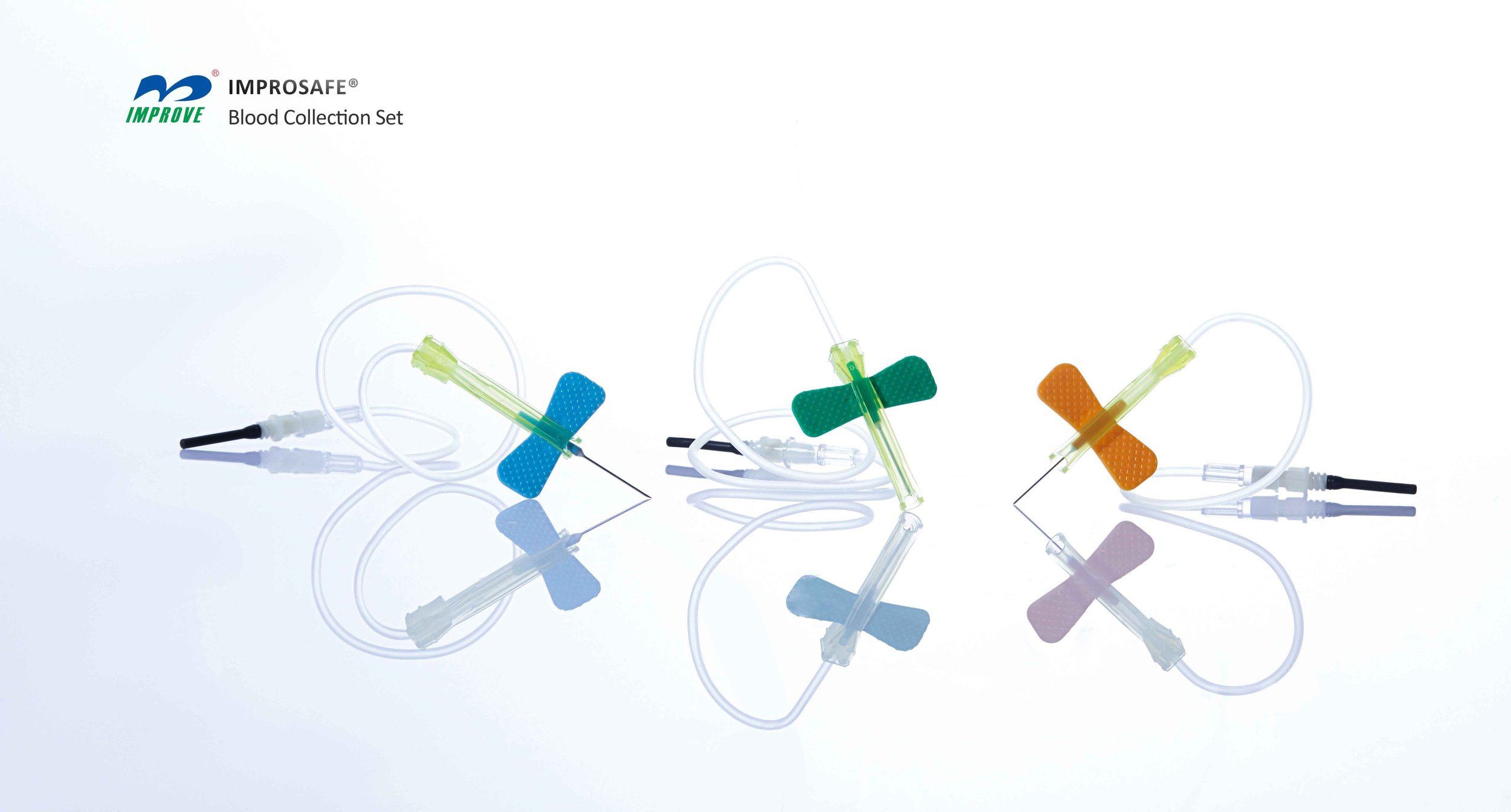Chinese Medical Device Exporters in the United States: Audits for ISO 13485 Compliance
Summary
- Chinese medical device exporters in the United States have faced increasing scrutiny regarding ISO 13485 compliance.
- The FDA has conducted audits on these exporters to ensure they meet the necessary Quality Standards for medical devices.
- Compliance with ISO 13485 is crucial for Chinese exporters to maintain their market access and reputation in the United States.
Introduction
In recent years, Chinese medical device exporters in the United States have come under the spotlight for their compliance with ISO 13485 standards. ISO 13485 is an international quality management system for medical devices, and adherence to these standards is essential for ensuring the safety and efficacy of medical devices. This blog post explores whether Chinese medical device exporters have been audited for ISO 13485 compliance in the United States and the implications of these audits.
Background on ISO 13485 Compliance
ISO 13485 is an international standard that specifies requirements for a quality management system for medical devices. It is designed to ensure the consistent design, development, production, installation, and delivery of medical devices that are safe for their intended use. Compliance with ISO 13485 is mandatory for medical device manufacturers seeking to market their products in countries that require regulatory approval, such as the United States.
Importance of ISO 13485 Compliance
Compliance with ISO 13485 is essential for medical device exporters for several reasons:
- Regulatory Approval: Many countries, including the United States, require medical device manufacturers to comply with ISO 13485 to obtain regulatory approval for their products.
- Quality Assurance: ISO 13485 certification demonstrates a company's commitment to maintaining high Quality Standards in its manufacturing processes.
- Market Access: ISO 13485 compliance is often a prerequisite for entering new markets and establishing credibility with customers and regulatory authorities.
Audits for ISO 13485 Compliance
The FDA conducts audits on medical device manufacturers and exporters to assess their compliance with ISO 13485 standards. These audits are typically conducted by trained inspectors who review the company's quality management system, documentation, and manufacturing processes to ensure they meet the requirements of ISO 13485. Non-compliance with ISO 13485 can result in warning letters, fines, and restrictions on the company's ability to market its products in the United States.
Chinese Medical Device Exporters Audits
Chinese medical device exporters in the United States have been subject to increasing scrutiny regarding ISO 13485 compliance. The FDA has stepped up its efforts to audit these exporters to ensure they meet the necessary Quality Standards for medical devices. These audits are part of the FDA's broader strategy to enhance the safety and effectiveness of medical devices imported into the United States.
Implications of Audits
For Chinese medical device exporters, audits for ISO 13485 compliance have significant implications:
- Market Access: Compliance with ISO 13485 is a prerequisite for maintaining market access in the United States and other countries that require regulatory approval for medical devices.
- Reputation: Non-compliance with ISO 13485 can damage a company's reputation and credibility with customers, regulatory authorities, and business partners.
- Competitive Advantage: Demonstrating ISO 13485 compliance can provide Chinese exporters with a competitive advantage in the global market by assuring customers of the quality and safety of their products.
Conclusion
Compliance with ISO 13485 is crucial for Chinese medical device exporters in the United States to maintain their market access and reputation. Audits for ISO 13485 compliance by the FDA serve as a check on the quality and safety of medical devices imported into the United States, ensuring that patients receive products that meet the highest standards of quality and efficacy.

Disclaimer: The content provided on this blog is for informational purposes only, reflecting the personal opinions and insights of the author(s) on the topics. The information provided should not be used for diagnosing or treating a health problem or disease, and those seeking personal medical advice should consult with a licensed physician. Always seek the advice of your doctor or other qualified health provider regarding a medical condition. Never disregard professional medical advice or delay in seeking it because of something you have read on this website. If you think you may have a medical emergency, call 911 or go to the nearest emergency room immediately. No physician-patient relationship is created by this web site or its use. No contributors to this web site make any representations, express or implied, with respect to the information provided herein or to its use. While we strive to share accurate and up-to-date information, we cannot guarantee the completeness, reliability, or accuracy of the content. The blog may also include links to external websites and resources for the convenience of our readers. Please note that linking to other sites does not imply endorsement of their content, practices, or services by us. Readers should use their discretion and judgment while exploring any external links and resources mentioned on this blog.
